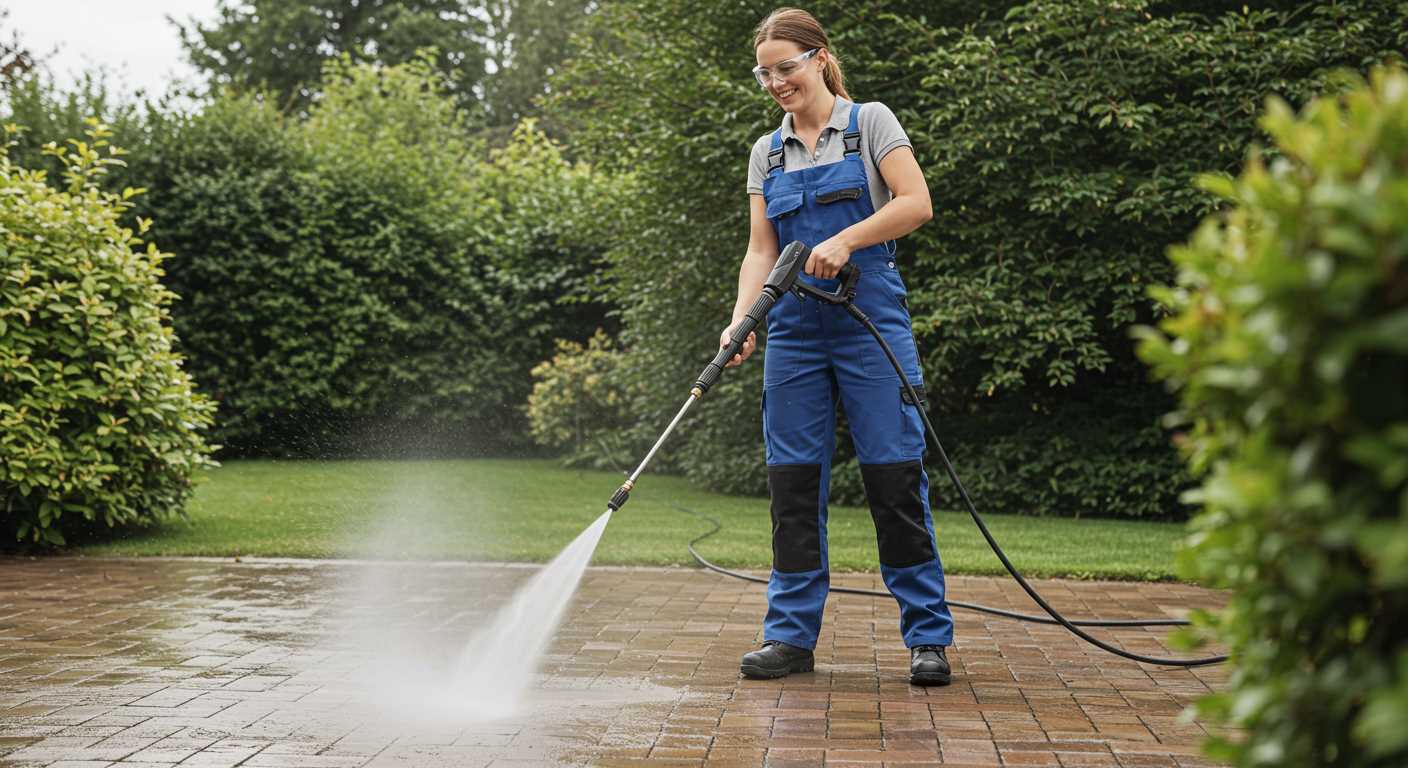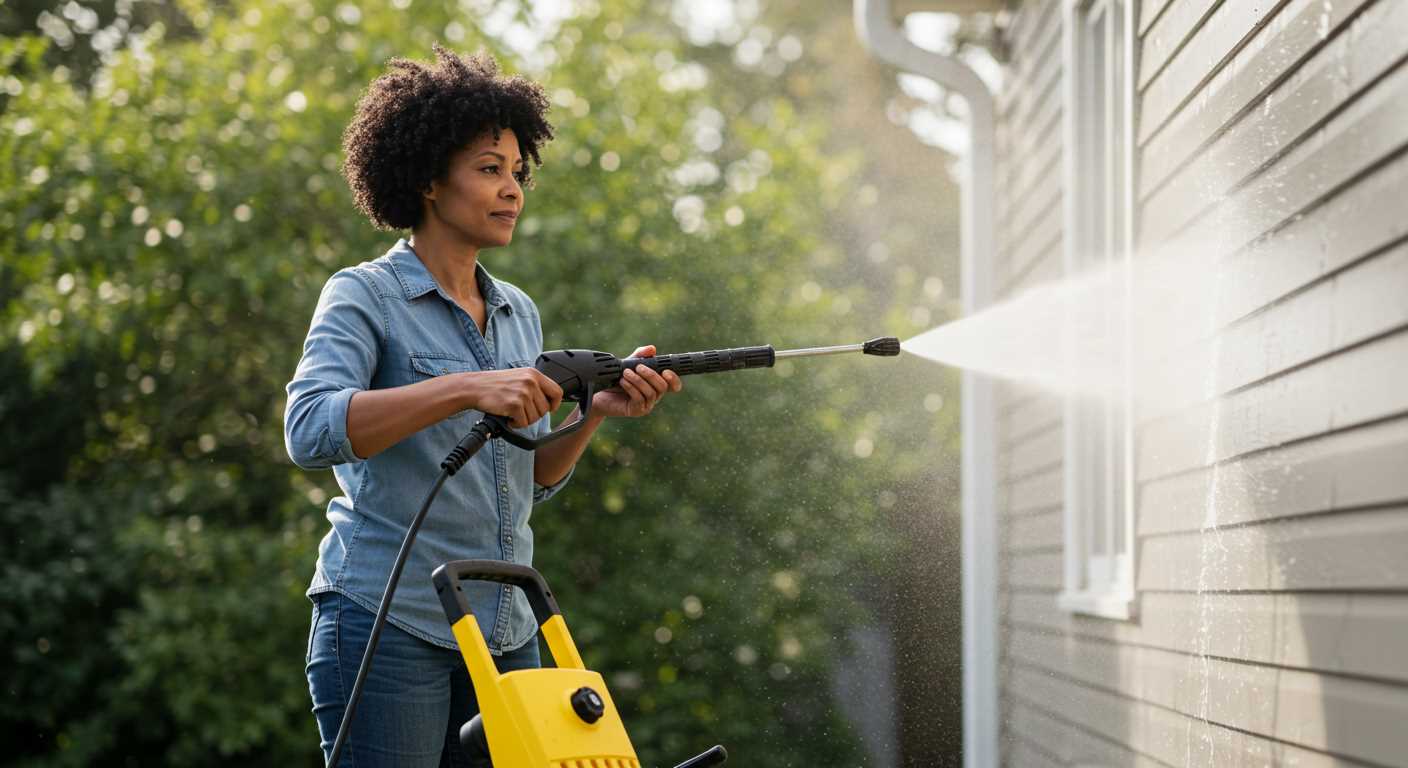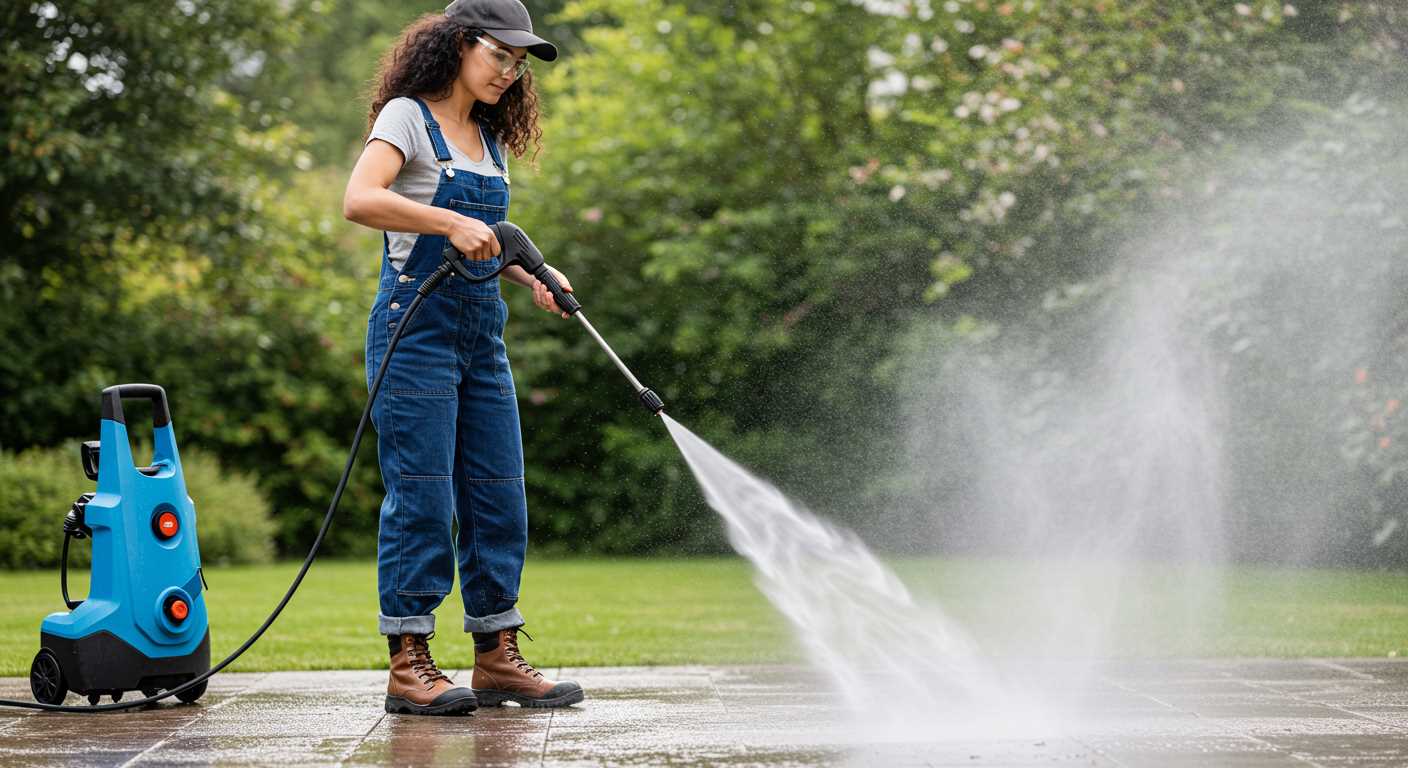



.jpg)
For those looking to refresh their outdoor space, a reliable method involves the use of a scraper and a heat gun. This duo allows for precise removal of unwanted layers without the need for bulky machines. By applying heat to the target area, the coating softens, making it significantly easier to scrape away. Just remember to keep the gun moving to avoid scorching the wood.
Another approach is utilising a chemical stripper. These products are specially formulated to break down coatings effectively. Apply the stripper generously, allowing it to penetrate for the time indicated on the label. Once it has done its job, a sturdy brush or scraper will help lift the old finish with ease. Always prioritise safety by wearing gloves and ensuring proper ventilation during the process.
In my experience, a combination of these methods often yields the best results. I once tackled a particularly stubborn surface using both heat and chemicals, which cut down the workload considerably. While it may take a bit of trial and error, finding the right balance will lead to a beautifully renewed outdoor area that enhances your home’s appeal.
Effective Techniques for Paint Removal
Start with a good quality chemical stripper. Choose a product suitable for the surface material; read the label to ensure compatibility. Apply the stripper generously over the affected area using a brush. Allow it to sit for the time specified in the instructions, usually anywhere from 15 minutes to several hours. This dwell time is critical as it softens the coating, making it easier to scrape off.
Next, use a wide putty knife or a paint scraper to gently lift the loosened material. Work methodically, using the edge of the scraper at a shallow angle to avoid damaging the underlying wood. For intricate areas or grooves, a wire brush can be useful to get into tight spots.
After scraping, neutralise the chemical with water or a specific neutralising agent as directed by the product instructions. Rinse thoroughly to remove any residue. A garden hose on a gentle setting works well for this, ensuring the surface is clean and free of any chemicals.
Once dried, inspect for remaining traces. If needed, repeat the process on stubborn sections. Follow up with sanding to smooth the surface; this will prepare it for a new finish and enhance its appearance. Use a medium-grit sandpaper followed by finer grit for a polished look.
Lastly, consider applying a wood conditioner before sealing or staining. This step promotes even absorption of the new finish, resulting in a more uniform appearance. Proper preparation ensures longevity and enhances the beauty of your outdoor space.
Assessing the Type of Coating on Your Surface
Before starting any project, identifying the type of coating on your surface is crucial. This will dictate which methods and materials to use for effective removal. Here are steps to guide you:
Identify the Coating
- Latex Paint: Often water-based and can be removed with simple scrubbing and solvents.
- Oil-Based Paint: Requires more effort; paint strippers designed for oil are typically necessary.
- Stain: If your surface is stained, a gentle approach with a specific stain remover is best.
Testing Your Surface

- Pick a small, inconspicuous area to test your chosen removal method.
- Use different products on the test area to see how the coating reacts.
- Evaluate the effectiveness; if you notice the coating coming off easily, you’ve found your solution.
Don’t forget, if you’re considering a multi purpose pressure washer for future tasks, ensure it’s compatible with your surface type to avoid damage.
Gathering Necessary Tools and Materials
For a successful endeavour in stripping away unwanted coatings, it’s crucial to assemble the right tools and materials. Begin with a quality paint stripper; a biodegradable option is preferable for environmental safety. I recall a time when I opted for a harsh chemical that not only affected the wood but also my garden. A gentler, eco-friendly product can save you from such mishaps.
Essential Tools
A sturdy scraper or putty knife will be your primary tool. Choose one with a sharp edge for optimal results. I once used a worn-out scraper, and the process was frustratingly slow. A wire brush is also beneficial for detailed work, especially in grooves and corners. Don’t forget a paintbrush to apply your chosen stripping solution evenly.
Protective Gear and Cleanup Supplies
Safety is paramount; equip yourself with gloves, goggles, and a mask to shield against fumes and splashes. I learned this the hard way after a few sessions without proper gear. For cleanup, have rags and a bucket of water ready to remove residues and keep your workspace tidy. A drop cloth will protect surrounding areas from drips and spills, ensuring a smooth operation.
Preparing the Deck Surface for Paint Removal
Start by clearing the area of all furniture, planters, and any accessories. This not only provides a clean workspace but also protects your belongings from potential damage during the process.
Next, inspect the surface thoroughly. Look for any loose or damaged boards. Replace or repair these sections before proceeding to ensure a smooth and safe removal process.
Following that, sweep the entire area to eliminate dirt, debris, and dust. This step is crucial as it allows for better adhesion of any removal products you may use.
Consider using a deck cleaner specifically designed for your surface type. Apply it according to the manufacturer’s instructions, allowing it to sit for the recommended time. This can help break down layers of old finishes, making subsequent steps easier.
After cleaning, rinse the surface with a hose to remove any residue from the cleaner. Ensure that water does not pool in any areas, as this can lead to further damage over time.
Once the surface is dry, inspect it again for any remaining imperfections or spots that may need additional attention. Sanding may be necessary to smooth out rough patches or edges. Use a medium-grit sandpaper for this task, and always sand with the grain of the wood.
- Clear the area completely.
- Inspect and repair any damaged boards.
- Sweep to remove debris.
- Apply a suitable deck cleaner.
- Rinse thoroughly and dry.
- Sand as needed for smoothness.
Taking these steps will prepare the surface adequately, setting you up for a successful removal process that avoids unnecessary complications down the line.
Selecting the Right Paint Stripper for Your Needs
Choosing a suitable chemical product hinges on the type of coating you’re dealing with. If it’s an oil-based finish, opt for a solvent-based stripper. These are more effective at breaking down the stubborn layers. For water-based coverings, a biodegradable gel or liquid stripper works wonders. I recall a time when I tackled a deck coated in a thick, old oil finish. The solvent-based gel I selected melted through the layers, making the task significantly easier.
Consider the environmental impact of your choice. Many strippers contain harsh chemicals that can harm nearby plants and wildlife. I once used a highly potent stripper without considering its surroundings, and I ended up damaging some beautiful shrubs nearby. Nowadays, I always lean towards environmentally friendly options that pose minimal risk.
Application method is another factor. For instance, if you prefer to work with a brush, a thicker gel stripper will stay in place longer, allowing for better penetration. I remember applying a gel on a particularly stubborn surface; it clung well, giving me the time I needed to work without rushing. On the other hand, if you’re looking for quick action, a liquid stripper may be your best bet, but keep an eye on the time it takes to work.
Check the drying time indicated on the product label. Some formulas require longer to take effect, while others act rapidly. I’ve learned to manage my schedule based on this factor to avoid unnecessary delays. Lastly, read reviews and perhaps consult with staff at a local hardware shop. They often have valuable insights based on customer feedback and can guide you towards the most effective products available.
Applying Paint Stripper: Techniques and Tips
For optimal results, ensure the surface is dry before application. I often use a brush with synthetic bristles for even coverage. Apply the stripper generously, about a quarter of an inch thick, to allow it to penetrate effectively. Work in small sections, as this helps maintain control over the process and ensures the solution remains active.
Timing is Key
After applying, allow the solution to sit for the recommended duration mentioned on the product label, typically ranging from 15 minutes to several hours. I’ve found that scraping a small test area after 30 minutes can help gauge if it’s ready. If it doesn’t lift easily, give it more time.
Scraping Techniques
Use a plastic or metal scraper to remove the loosened coating. A plastic scraper is less likely to damage the wood. Angle it at about 30 degrees for better leverage. Work with the grain to minimise scratching. If you encounter stubborn spots, reapply the stripper and let it sit briefly before scraping again. Afterward, rinse the area well with water to neutralise any remaining chemicals.
Finally, consult resources like best car wash pressure washer psi for additional cleaning methods, if needed, once the initial stripping is complete.
Scrubbing and Removing Lifted Paint Effectively
For those dealing with flaking or bubbling surfaces, a thorough scrubbing technique works wonders. Begin by selecting a stiff-bristled brush, preferably one that’s durable yet comfortable to handle. The angle at which you hold the brush can significantly influence your results; maintain a 45-degree angle to effectively lift the loose layers.
Apply a bit of elbow grease in areas where the coating has lifted. Circular motions can help to dislodge stubborn sections, while long strokes will assist in covering larger areas. Remember to work in small sections to avoid overwhelming yourself and to ensure the best outcome.
While scrubbing, keep a bucket of clean water nearby. Rinse your brush periodically to prevent paint debris from accumulating, which can hinder the process. After scrubbing, use a putty knife to scrape away any remaining clumps that refuse to budge. This tool can get into tight corners where brushes may struggle.
Consider the following tips for optimal results:
| Tip | Description |
|---|---|
| Test Area | Always start in a small, inconspicuous spot to gauge how the surface reacts. |
| Ventilation | Ensure proper airflow in your workspace to minimise inhalation of any fumes from your chosen products. |
| Safety Gear | Wear gloves and goggles to protect your hands and eyes from debris and chemicals. |
| Patience | This process may take time; rushing can lead to missed spots or damage to the underlying material. |
After scrubbing, inspect the surface closely to identify areas that may need further attention. Reapply your chosen stripping agent if necessary, focusing on persistent spots. The combination of scrubbing and chemical agents often yields the best results, allowing for a clean slate ready for refinishing.
Cleaning Up Residue After Paint Removal
After lifting the old coating, addressing the leftover substances is crucial. Begin by gathering an appropriate solvent, such as mineral spirits or a designated residue cleaner. Apply it to any stubborn spots using a cloth or sponge. This will help dissolve any remaining adhesive or residue, making it easier to wipe away.
Utilising Scrapers and Brushes
Employ a plastic or metal scraper to gently lift off residue. Be cautious with the deck surface to avoid scratches. A stiff-bristle brush can also assist in dislodging stubborn particles. Work in sections to maintain control and ensure thorough cleaning.
Final Rinse and Drying
Once the surface is free of debris, a thorough rinse with clean water is necessary. Use a garden hose for this task, ensuring you effectively wash away any remaining cleaning agents. Allow the area to dry completely before proceeding with any new application. This will help prevent future adhesion issues and ensure a smooth finish.
Protecting Your Deck After Paint Removal
Once you’ve successfully stripped the old coating, it’s crucial to safeguard the wood. Start by allowing the surface to dry completely, which could take a few days. This prevents moisture from getting trapped under any new sealing products.
Next, consider applying a high-quality wood conditioner. This product enhances the absorption of protective finishes and helps to prevent uneven staining. Choose one that’s suitable for your type of timber, as different woods have unique properties.
Once the conditioner has dried, opt for a penetrating sealer or stain. These options will protect against UV damage, moisture, and mildew. Make sure to apply it evenly, using a brush or roller to get into all the crevices. Multiple thin coats are often better than a single thick one, ensuring a more durable finish.
Regular maintenance is key. Inspect your surface every year for signs of wear or damage. If you notice peeling or fading, reapply the protective layer promptly to maintain integrity. Keeping debris off the surface, such as leaves or dirt, will also help prolong the life of your finish.
Lastly, consider using furniture or mats to shield high-traffic areas. This simple step can significantly reduce wear and tear, helping your outdoor space stay looking fresh and inviting for years to come.

.jpg)




.jpg)


